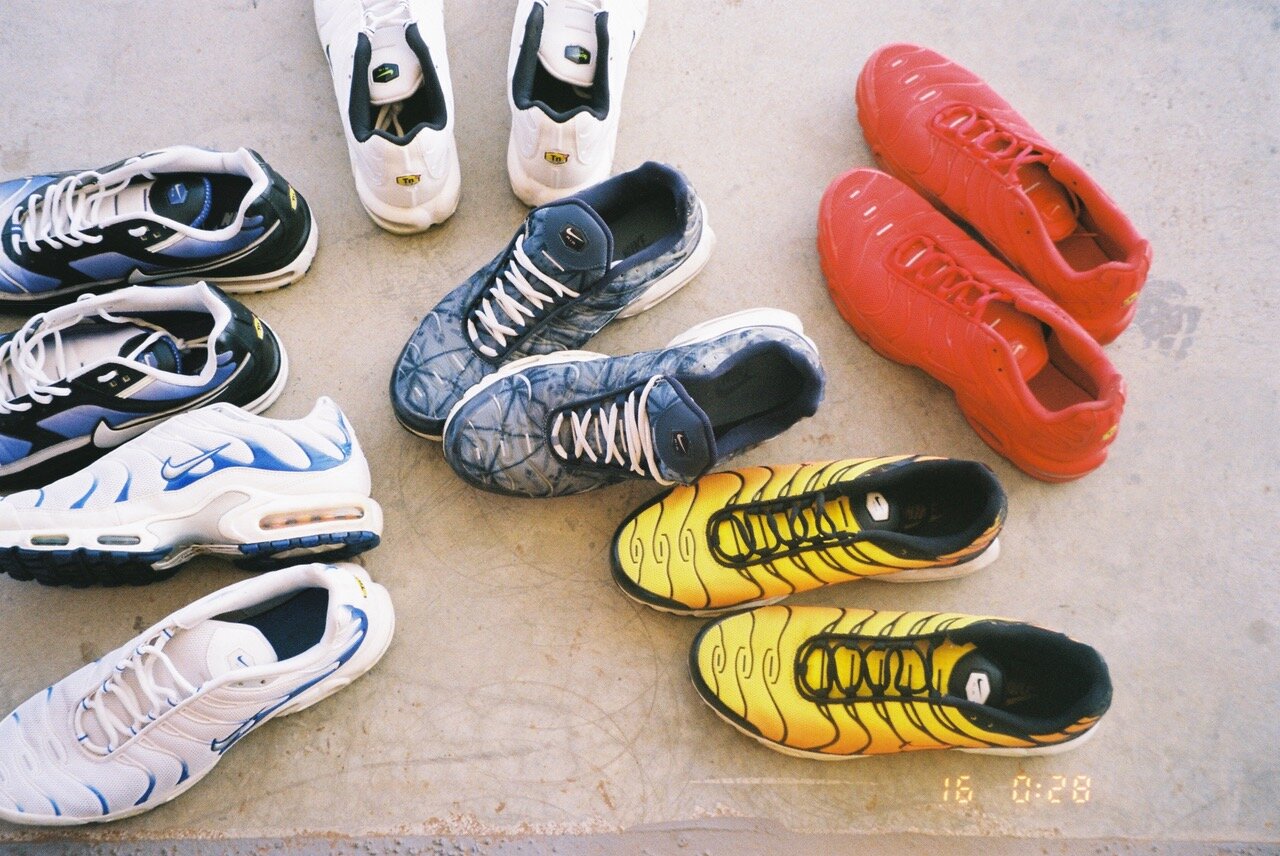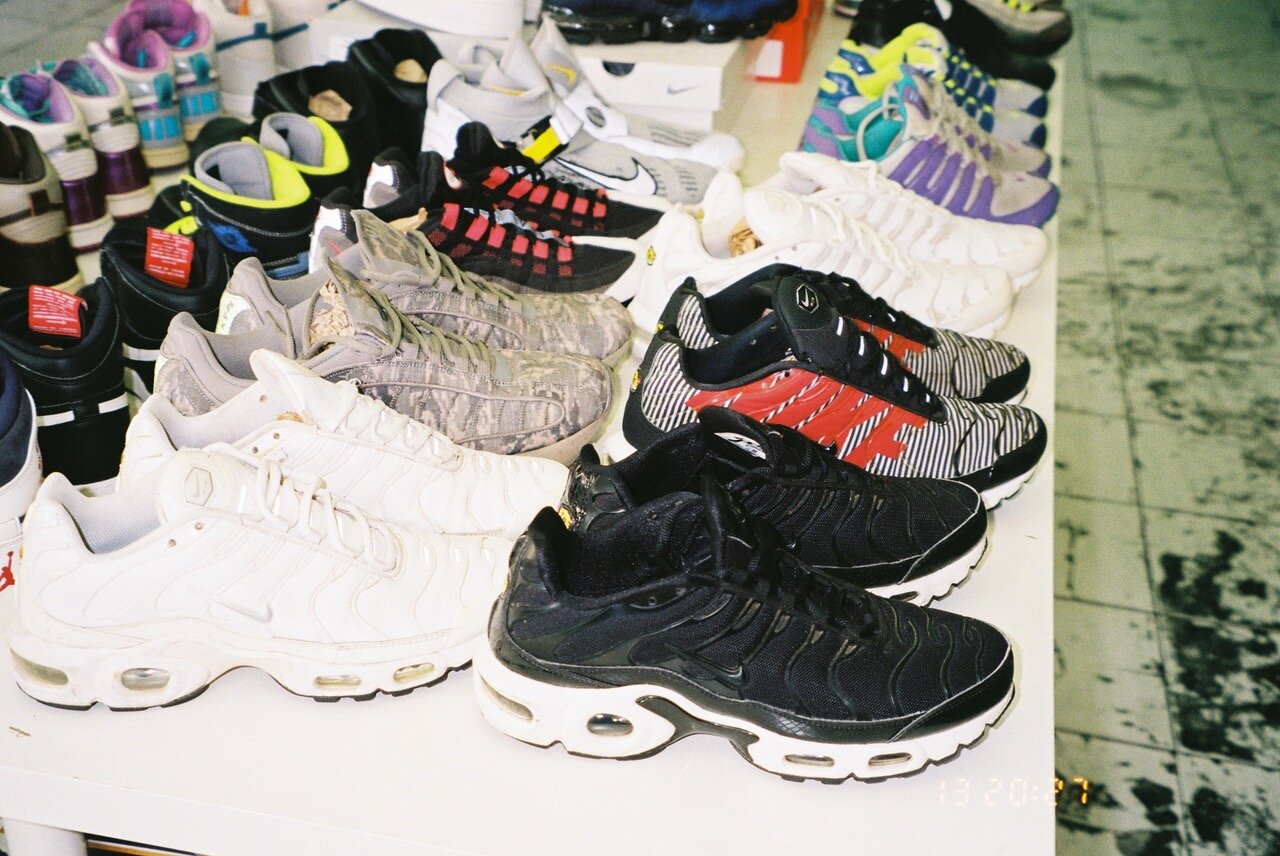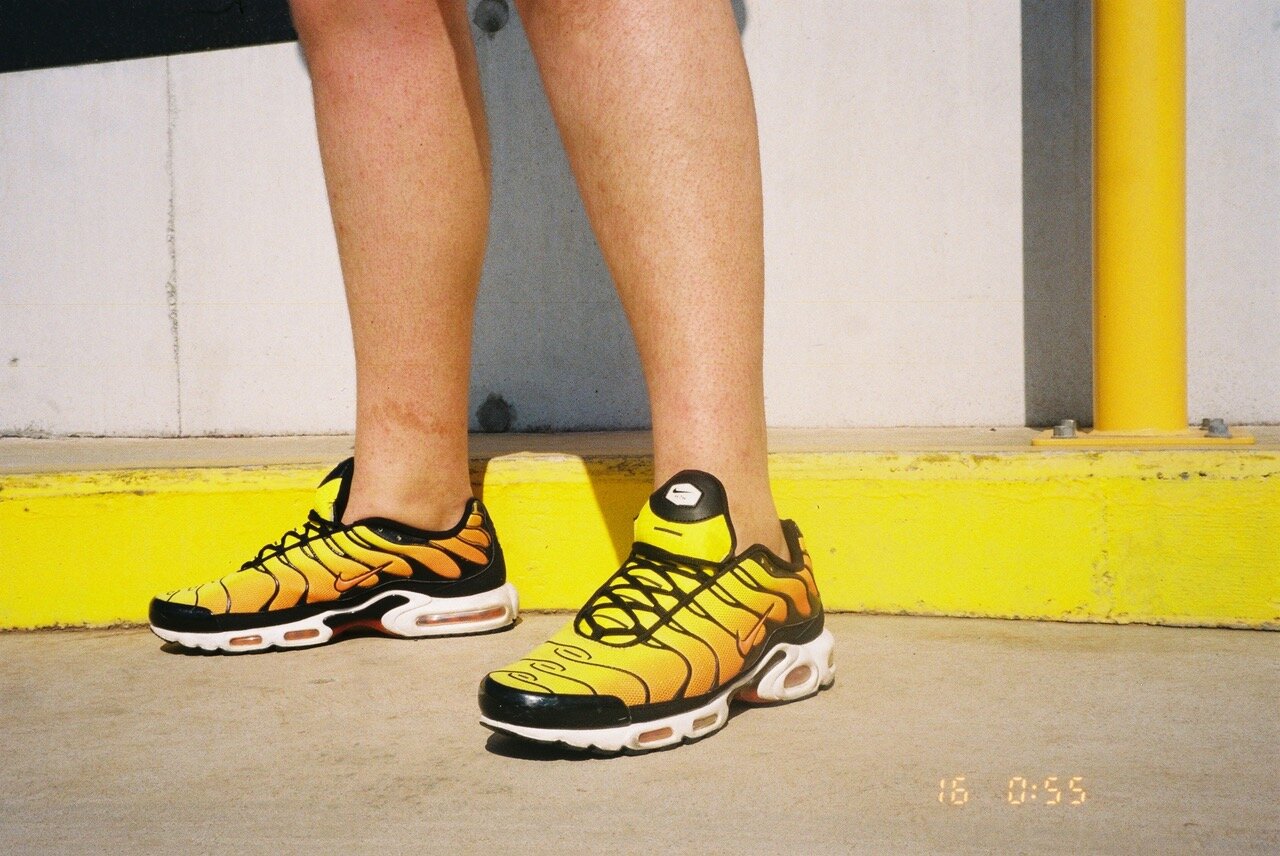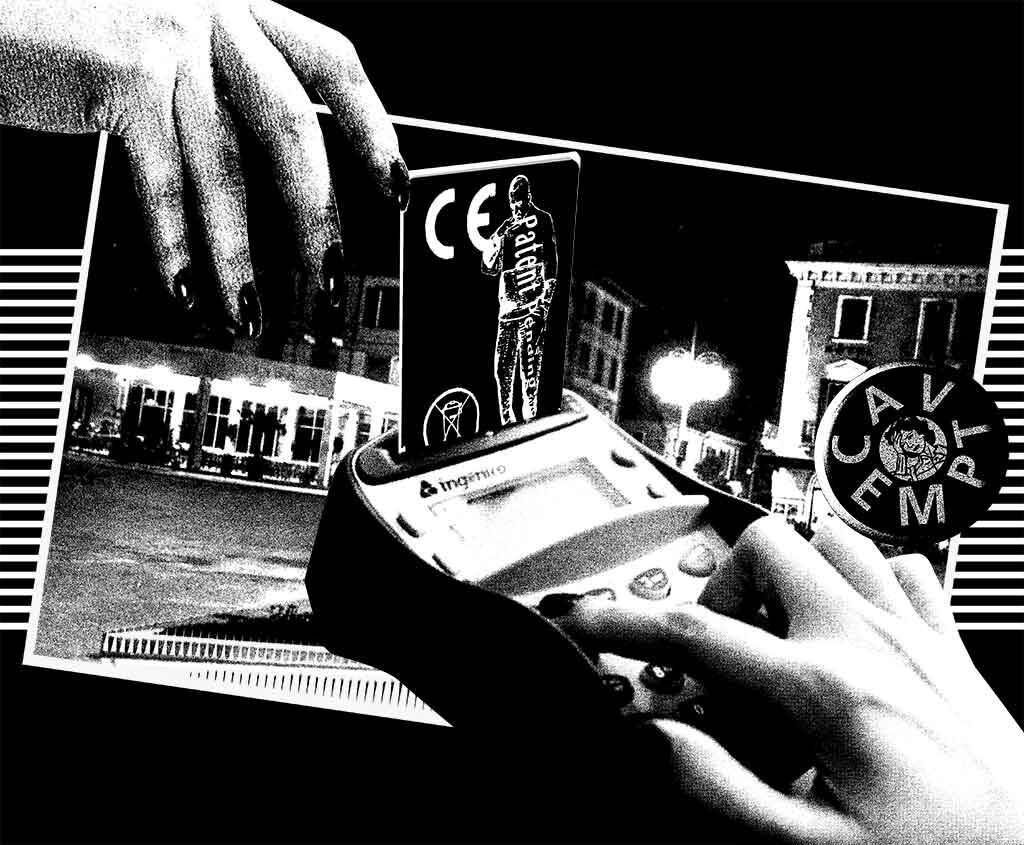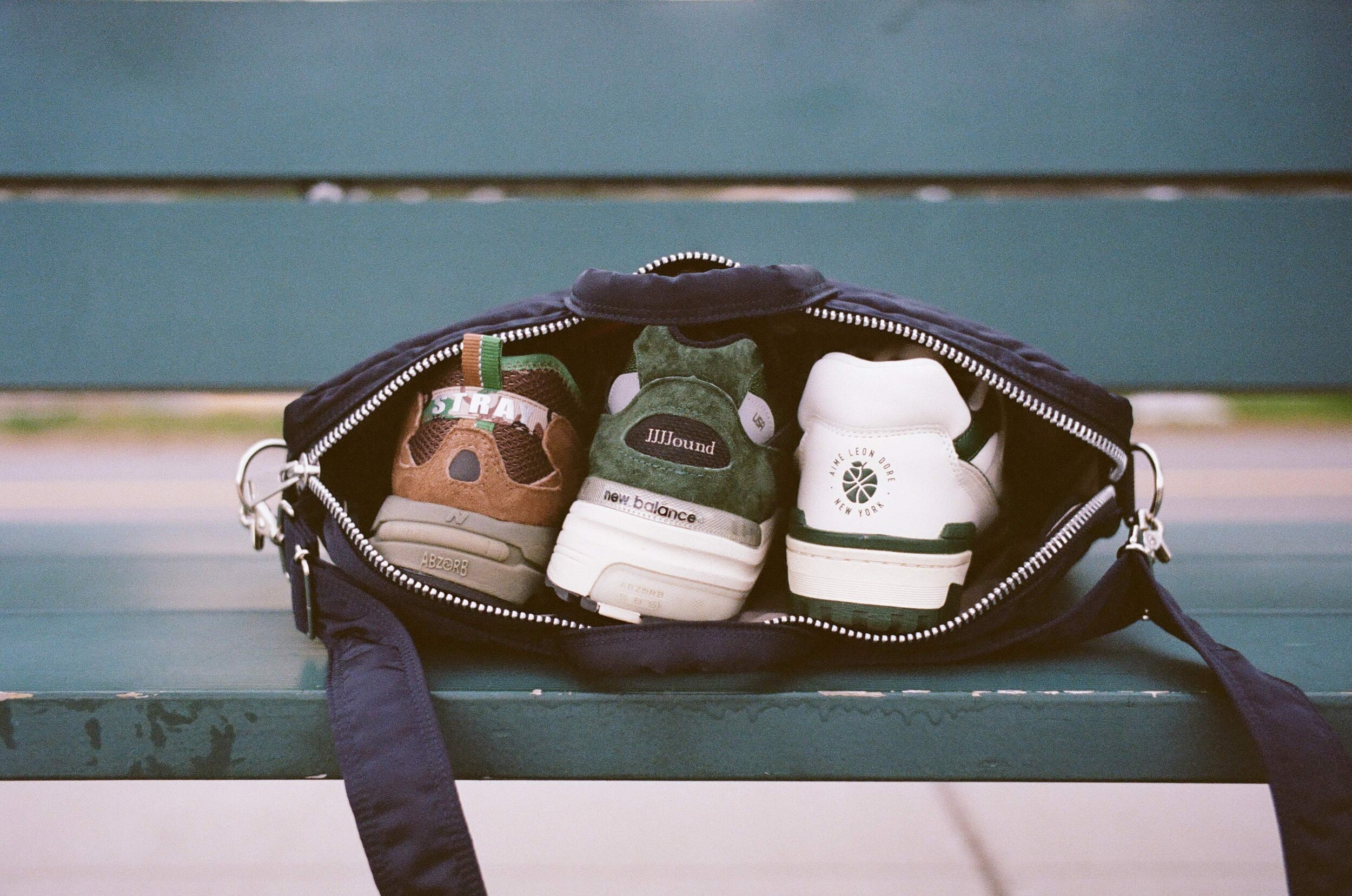The Nike TN: A Sneaker That Defined Autralia’s Street Culture
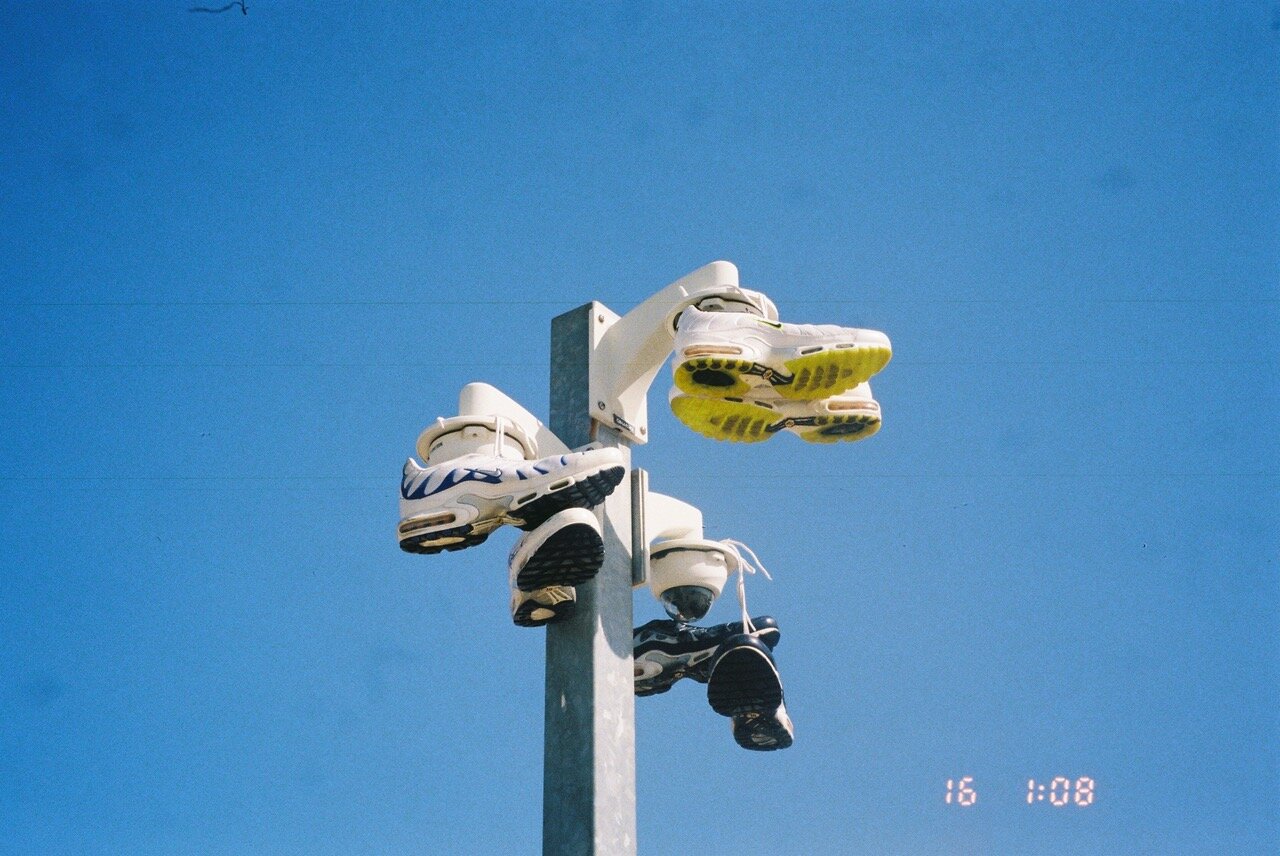
Describing Australian Street Culture has always been a very difficult task; the growth of urban youth cultures in big cities around the world has always been easy by comparison.
The U.K. and the 95’, the States’ and Jordan, but categorising Australian’s urban scene has always been much more challenging.
In some ways, Australia was a composite of subcultures, all trying to find an identity, intertwining between its national roots in the U.K. and the glamour of America. Enter the Nike TN.
The release of the Air Max Plus, or the ‘TN’ in 1998 heralded what some may describe as the start of Australia’s real connection with an urban philosophy. The shoe started popping up on Foot Locker shelves and staying there during the late 90’s period. With a retail price of $240 AUD, a vivacious silhouette and 7 exposed bubbles, it was really only picked up by the underbelly of Australian society. Drug dealers, graffiti artists, troublemakers, and criminals have always been notoriously associated with the shoe. For most, this purchase would be deemed extravagant. But for individuals with such a disposable income, looking to create a statement for themselves, the TN represented an expression of their lifestyle. Loud, abrupt and eye-catching, to say the least.
As Australia prepared to enter the new millennium, domestic street cultured followed. More and more people were engulfed in the aura of the ‘Tuned Air’. By this stage, the shoe itself had started to develop a stigma of its own, residents of Sydney and Melbourne were alert. The shoe itself was a flashing light, not just because of its out-spoken colourways and patterns but because it was such a statement to wear this crep, and a dangerous one at that. If someone was caught wearing a pair, they had to be prepared to hold their own. Similar to that of Jordans in NYC, people wearing TN’s frequently had the shoes rolled off the soles of their feet and by any means necessary. Train stations, shopping centres, and bus stops became the stomping ground for what has become Australia’s most well-renowned shoe.
By the Mid 2000’s, it felt as if this shoe had properly ingrained itself into Australia’s streetwear culture. A culture that captured the idea that in order to be different, whilst still remaining dangerous in the eyes of your peers, you needed to be fitted in the freshest clothes you could steal. This was the birth of the ‘Lad’ or ‘Eshay’ culture. A national identity that was known synonymously with a pair of Air Max ‘TN’s. Pairing the shoe with stolen Nautica and Ralph Lauren, Adidas bum bag and a smoke tucked over the ear, nothing felt more like the mid-2000s in Australia, then an Eshay at a station, ready to paint trains.
Australian jails were filling up with countless pairs of Air Max Plus. The TN had infiltrated the Australian Streetwear scene like a lad through a broken car window. Maybe it was because you could wear them with shorts to deal with the heat in the summer or maybe it was because you could wear them to court with a suit. All that mattered was that they had become a staple of street fashion.
Despite the exceptional love for the TN in Australia, the growth of the shoe in the 10’ era stagnated. The rise in the price of comparative shoes such as ASICS silhouettes, the Kinsei and Kayano, synonymous with this culture today, meant the TN was no longer the most expensive shoe on the shelf, and it became less and less popular with the wilder side of the community. However, there were still groups of diehard fans craving the silhouette. The creation of TN talk, a Facebook group with ‘+no’ of members debating Viet V.S. Indo pairs.
A discussion based around the quality and rise in the price of older models when the shoe shifted to being made in Indonesia, that had TN fanatics at each other’s throats. Despite this fall, the shoe started popping up in boutique stores across the country just in time for its 20th anniversary.
For such an extended period of time, the shoe was such a divisive piece of apparel, there were many people that loved them and many that didn’t. Mainly because of its links to crime, but nobody was partial on this silhouette. Now, in early 2020, the shoe has come full circle. The rise of Australian artists such as OneFour, has seen the TN come back into the spotlight within the Australian street culture, with the shoe being shot in a variety of video clips, including the opening scenes of ‘Ladz In The Hood’. The shoe has also assimilated itself with items such as vinyl records and vintage clothing, as a beacon for the burgeoning counter-culture movement. You are now more likely to see a pair in the streets of Newtown, than you are Penrith Station.
The Air Max Plus success in Australia is unorthodox, much like the idea of Australian streetwear culture. There is no concrete reason anybody could pinpoint as to how the shoe became so successful. Outside of France, it hasn’t garnered nearly as much attention as it has Down Under’. The silhouette throughout the years has never changed and the shoe never stopped selling. Its the relationship with diverse communities of Australian culture has ensured its longevity. It is unique. It is almost a love story.
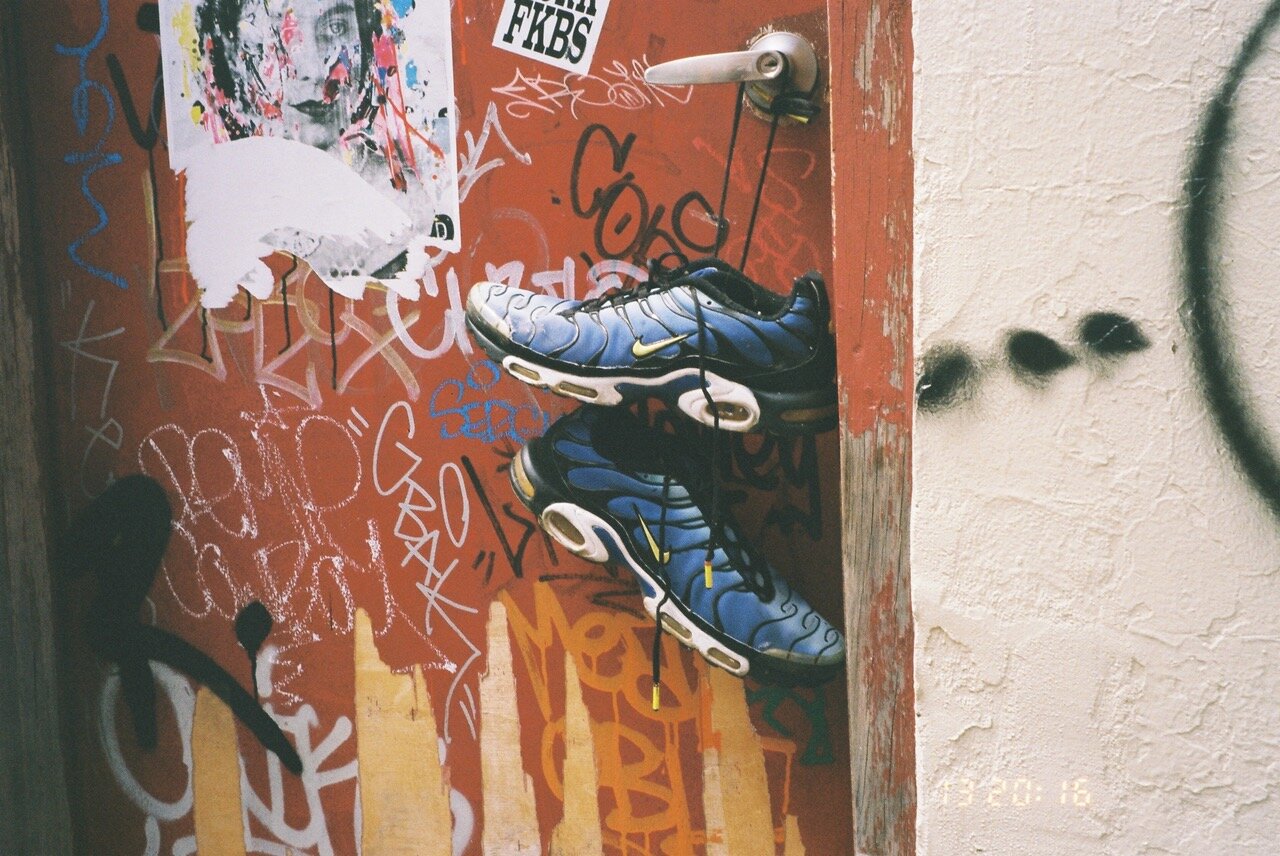
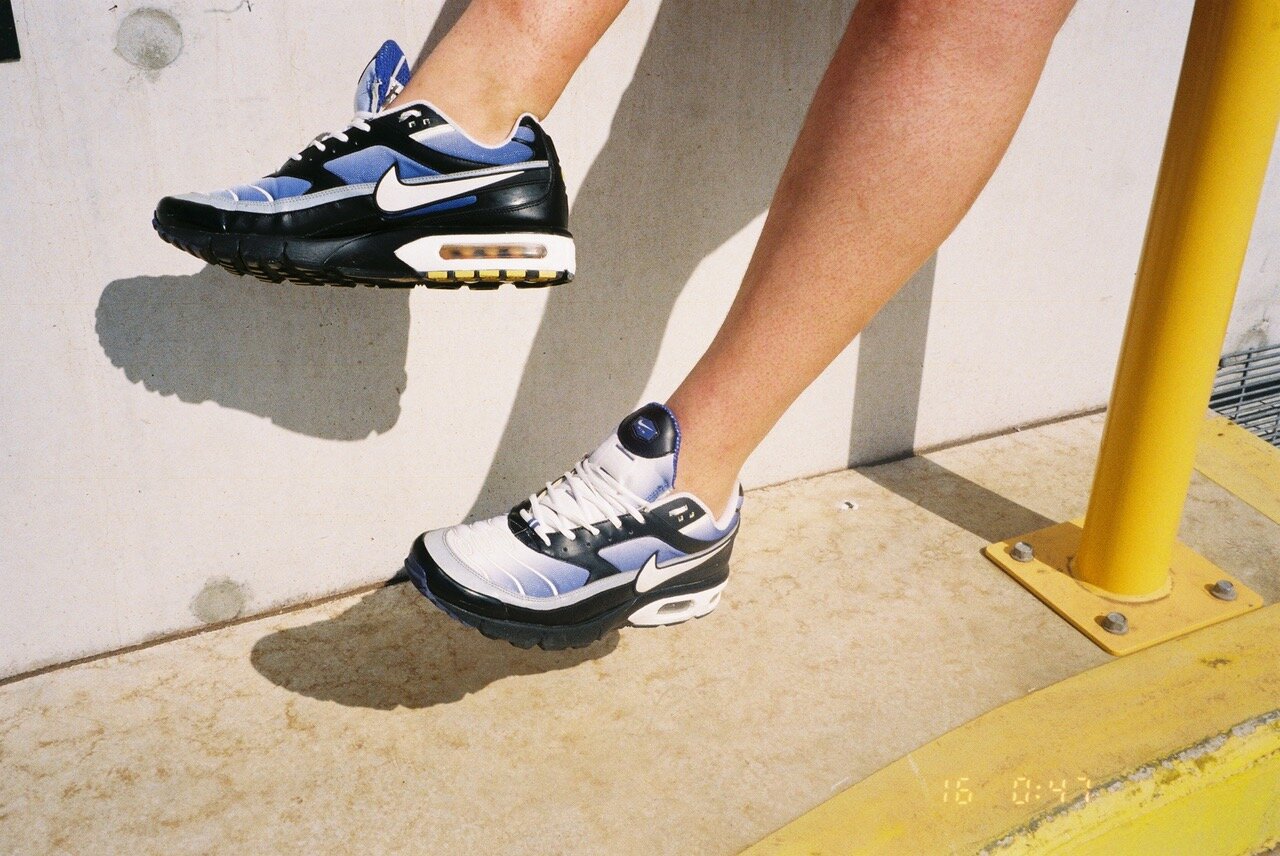
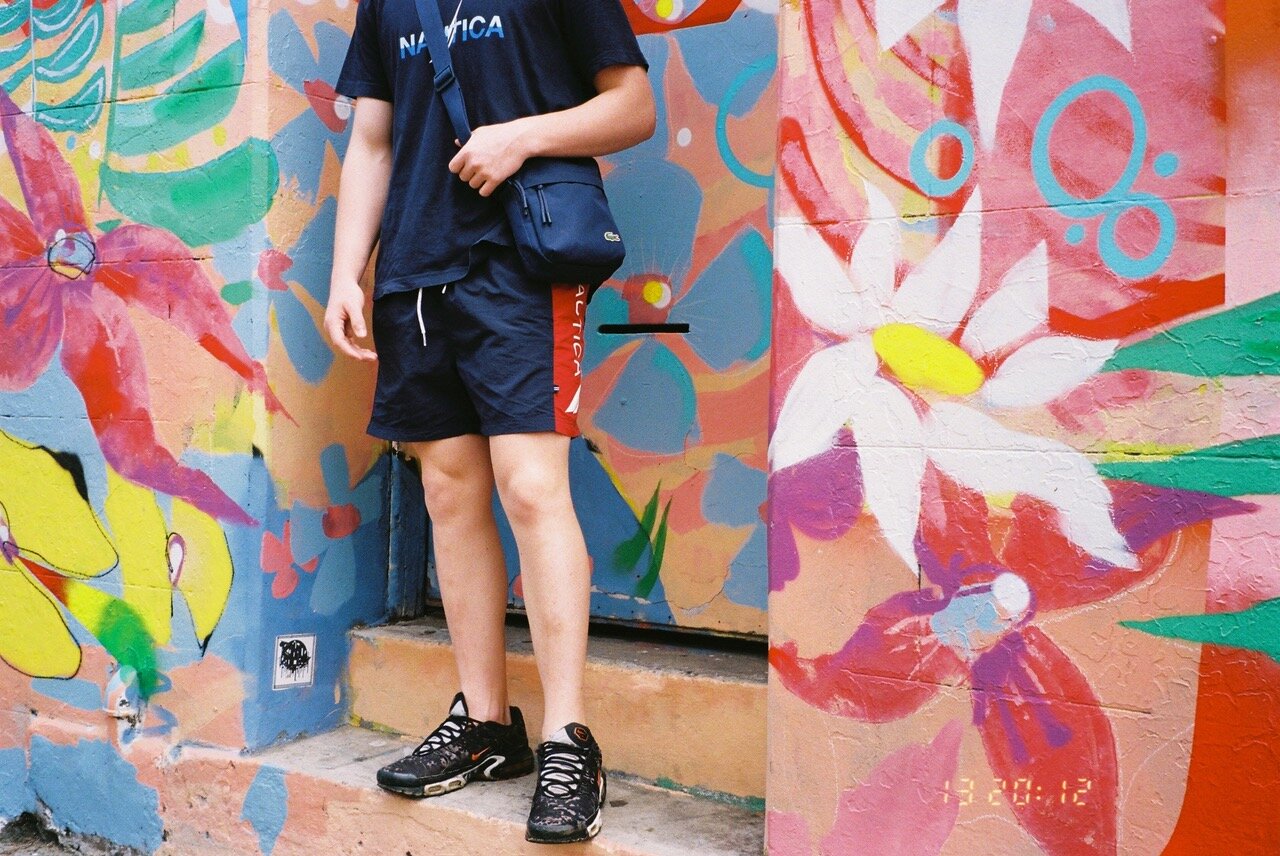
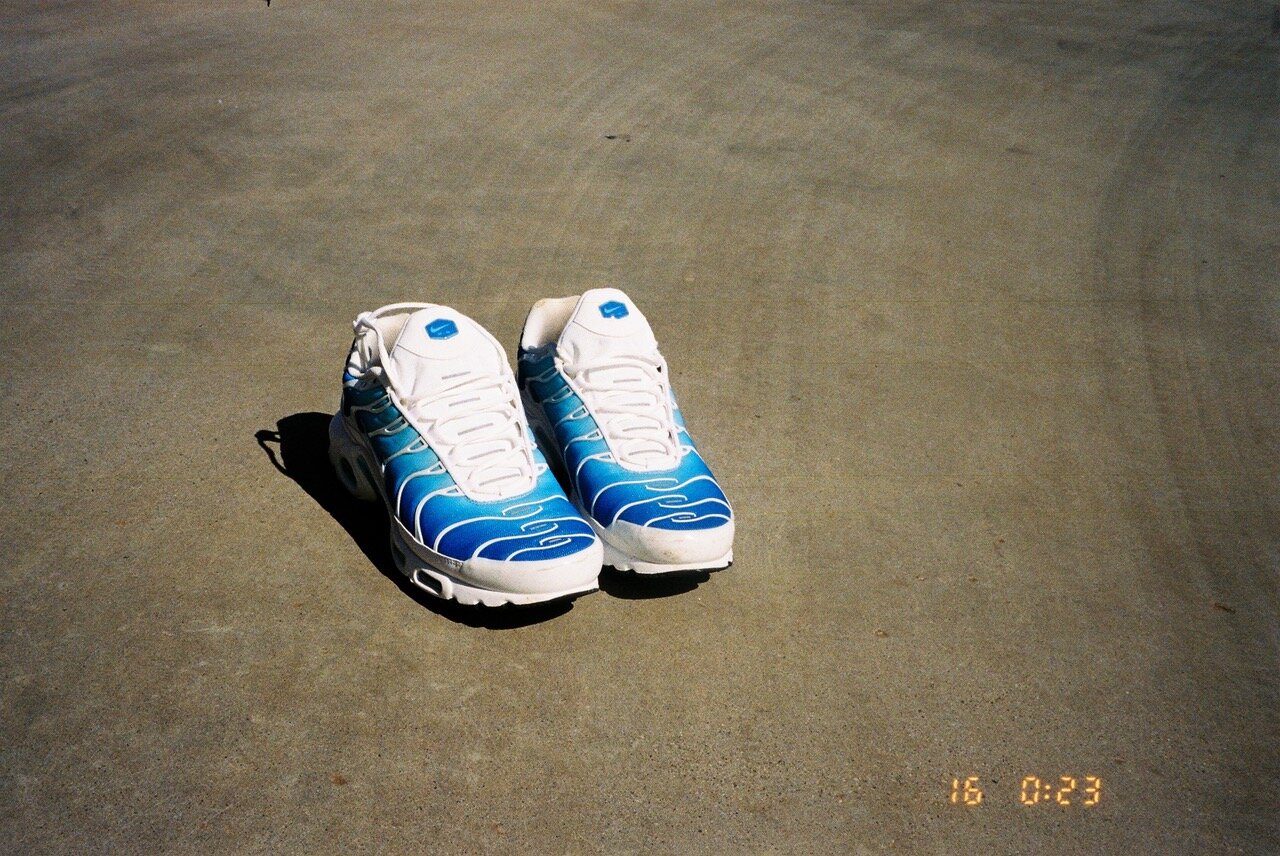
People will never forget the threat of seeing a young Eshay hop of the train clattering down the platform in Nautica and Ralph. An ankle monitor flashing with a loud pair of TN’s. It still strikes fear into the hearts of many.
A shoplifter’s grail. The TN.
Text and Pictures by: Benjamin Scobie
ABOUT THE AUTHOR
Benjamin Scobie is a Sydney based freelance writer and photographer and founder of AMEN4BEN.COM. A street culture and travel website aimed at engaging with real experiences, from the context of subcultures across the globe.


